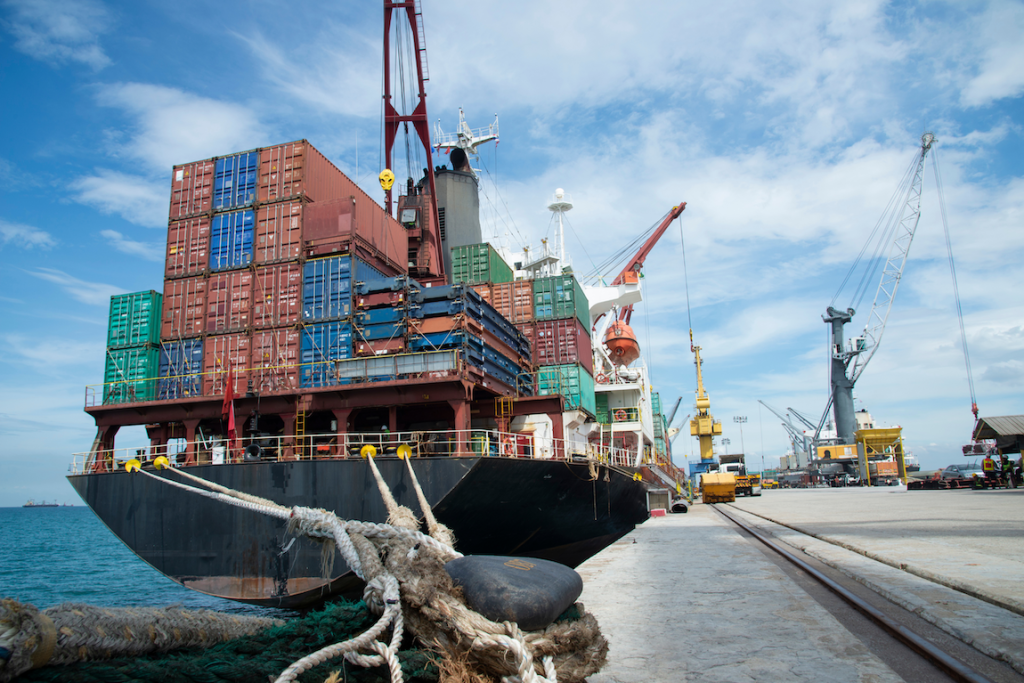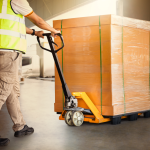In 2025, businesses face evolving policies on tariffs, country-of-origin requirements, and sector-specific duties. These shifting trade policies are driving up landed costs, creating bottlenecks at ports, and exposing supply chains to new compliance risks. Partnering with a nimble third-party logistics provider (3PL) has never been more critical. In this post, we’ll explore five proven ways a 3PL, like R2 Logistics, can help you stay ahead of the curve—turning volatility into opportunity.

What’s Changed in 2025? A Quick Tariff and Trade Policy Primer
- Sector-specific duties: From steel and aluminum to consumer electronics, targeted tariffs are recalibrating cost structures.
- Country-of-origin tweaks: New rules of origin under various free-trade agreements mean additional paperwork and potential duty spikes.
- Compliance complexity: Enhanced documentation standards and more frequent audits are raising the stakes for accurate declarations.
For many companies, these changes translate into sudden cost increases, disrupted vessel schedules, and the need for rapid route adjustments. That’s where a strategic 3PL can step in—providing the flexibility, data, and partnerships you need to navigate uncertain trade policies.
Five Ways a 3PL Can Help You Navigate Changing Trade Policies in 2025
1. Lean Into Domestic Surface Transportation
Why Shift from Ocean/Air to Road Freight?
- Avoid new import duties and port congestion. By moving more volume overland, you sidestep skyrocketing terminal fees and demurrage charges.
- Faster door-to-door lead times. Truckload, LTL, refrigerated, and flatbed services cut transit variability—getting your goods where they need to go on time.
R2’s Capabilities
R2 Logistics specializes in domestic road transportation across multiple modes: full truckload, less-than-truckload (LTL), temperature-controlled (refrigerated), and specialized flatbed services. Our expansive carrier network and optimized routing algorithms ensure you always get the right equipment at the right price.
Real-World Benefit: Cost Savings vs. Exposure to Import Tariffs
One R2 client reduced their per-shipment landed cost by 12% simply by reallocating 30% of their volume from overseas ocean lanes to U.S. domestic truck routes—effectively avoiding new sectoral duties and port surcharges.
2. Tap Into Trusted Customs‑Support Partnerships
Beyond Brokerage—An Integrated Referral Model
While R2 Logistics does not provide customs brokerage in-house, we’ve cultivated preferred relationships with top-tier customs brokers. This referral model ensures you receive:
- Streamlined documentation. Automated data exchanges between our transportation platform and the broker’s systems.
- Accurate duty classifications and bond management. Minimizing risk of post-entry adjustments or penalties.
- Timely clearance. Faster releases at the border through proactive pre-filing and audit-ready recordkeeping.
R2’s Partner Network
Each customs partner is vetted based on compliance record, technological capability, and geographic coverage. We handle the coordination so you never experience a handoff gap—keeping your cross-border flow blind-spot–free.
3. Reroute and Reshore Strategically
The Reshoring Renaissance
Escalating tariff uncertainty and longer ocean lead times are driving many manufacturers to bring production back to U.S. soil. Reshoring offers:
- Simplified compliance. Domestic supply chains eliminate most import duty concerns.
- Tariff exemptions. Avoiding punitive duties altogether.
- Local market agility. Faster response to demand fluctuations.
4. Build in Disruption-Ready Communication
The Cost of Information Lag
When tariff rules change overnight, any delay in visibility can trigger costly reroutes, missed filings, or even cargo seizure. Real-time alerts and exception reporting are no longer luxuries—they’re necessities.
R2’s Communication Playbook
- Dedicated account teams. You get a single point of contact who understands your network intricacies.
- Proactive status updates. Automated milestone notifications via email, SMS, or our online portal.
- Escalation protocols. Predefined workflows ensure urgent issues get to the right specialist immediately.
- Interactive dashboards. Live tracking for all your shipments, integrated with ETA forecasting and compliance alerts.
5. Leverage Data-Driven Scenario Planning
What-If Modeling for Tariff Scenarios
Imagine simulating duty impacts before you commit to a lane—comparing total landed costs under different tariff regimes. A robust modeling platform can:
- Project duty variations by country of origin
- Highlight low-cost routing alternatives
- Recommend inventory positioning strategies
R2’s Analytics Advantage
Our solution plugs into your ERP/WMS to pull live sales, inventory, and transportation data—feeding it into scenario-planning tools. We then run collaborative workshops with your team, stress-testing networks against potential policy shifts and capacity constraints.
Implementation Best Practices
- Phased rollout: Start with pilot lanes to validate savings, then scale to your entire network.
- Data governance: Ensure your product, vendor, and location master data are clean for reliable modeling outputs.
- Change management: Train stakeholders on new dashboards, notification protocols, and standard operating procedures.
Navigating 2025’s complex trade policies demands more than reactive fixes—it requires a proactive, data-driven partnership. By leaning into domestic transportation, tapping trusted customs experts, strategically reshoring, building real-time communications, and running tariff-scenario modeling, R2 Logistics empowers you to turn uncertainty into competitive advantage.
Ready to navigate 2025’s trade policy maze? Contact R2 Logistics today for a customized tariff-impact assessment.


